Shining Bright: Unveiling the Wonders of Stars
Did you know that stars, those celestial bodies of gas that shine by radiation derived from their internal energy sources, make up 97% of our galaxy's stars? White dwarfs, the remnants of stars like our Sun, are just about the size of Earth. But what exactly are stars, and how do they come to be?
The Birth and Life of Stars
Stars are born when a massive cloud of gas and dust collapses under its own gravity, causing the material at the center to heat up. As it heats up, the gas fuses, releasing energy in the form of light and heat. This process is known as nuclear fusion. Stars come in different sizes, ranging from neutron stars, which can be as small as 12 miles wide, to supergiants that are roughly 1,000 times the diameter of the Sun.
The Cycle of Stars
As stars age, they go through different stages of evolution. They can expand to become red giants, shed their outer layers, and eventually, die in a supernova explosion. The remnants of these explosions can form new stars, perpetuating the cycle. Stars also come in different colors, depending on their surface temperature, with cooler stars appearing red and hotter stars appearing blue.
Observing Stars
With the naked eye, we can see about 4,000 stars in the Milky Way galaxy. However, there are an estimated 10²² to 10²⁴ stars in the observable universe. Astronomers use specialized equipment and techniques to study stars, including cataloging and naming them. By understanding stars, we gain insight into the workings of the universe and our place within it.
#Science

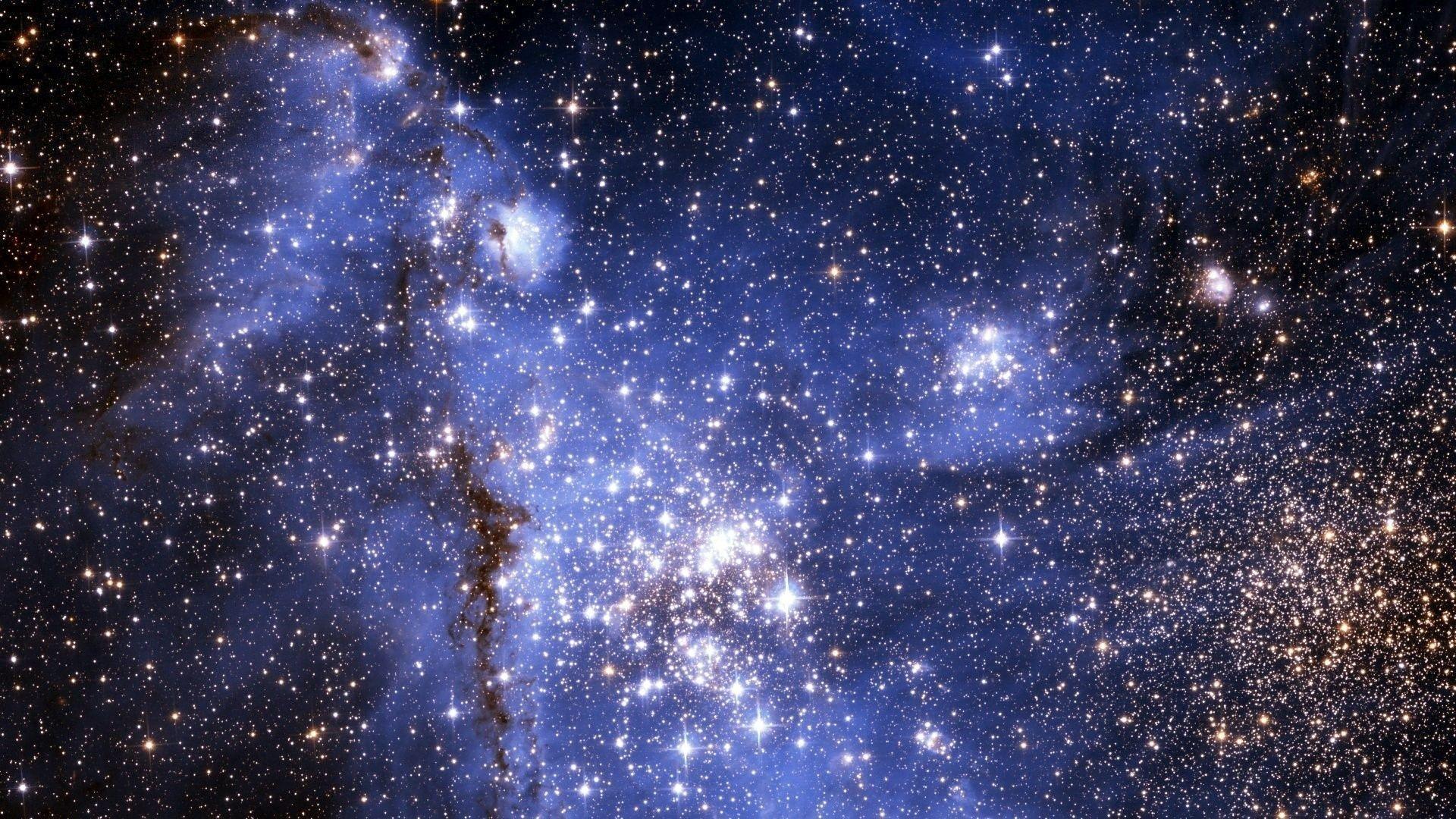

![[67+] Star Sky Wallpapers | WallpaperSafari Shining Bright: Unveiling the Wonders of <strong>Stars</strong> [67+] Star Sky Wallpapers | WallpaperSafari](https://cdn.wallpapersafari.com/96/94/RzVnF8.jpg)
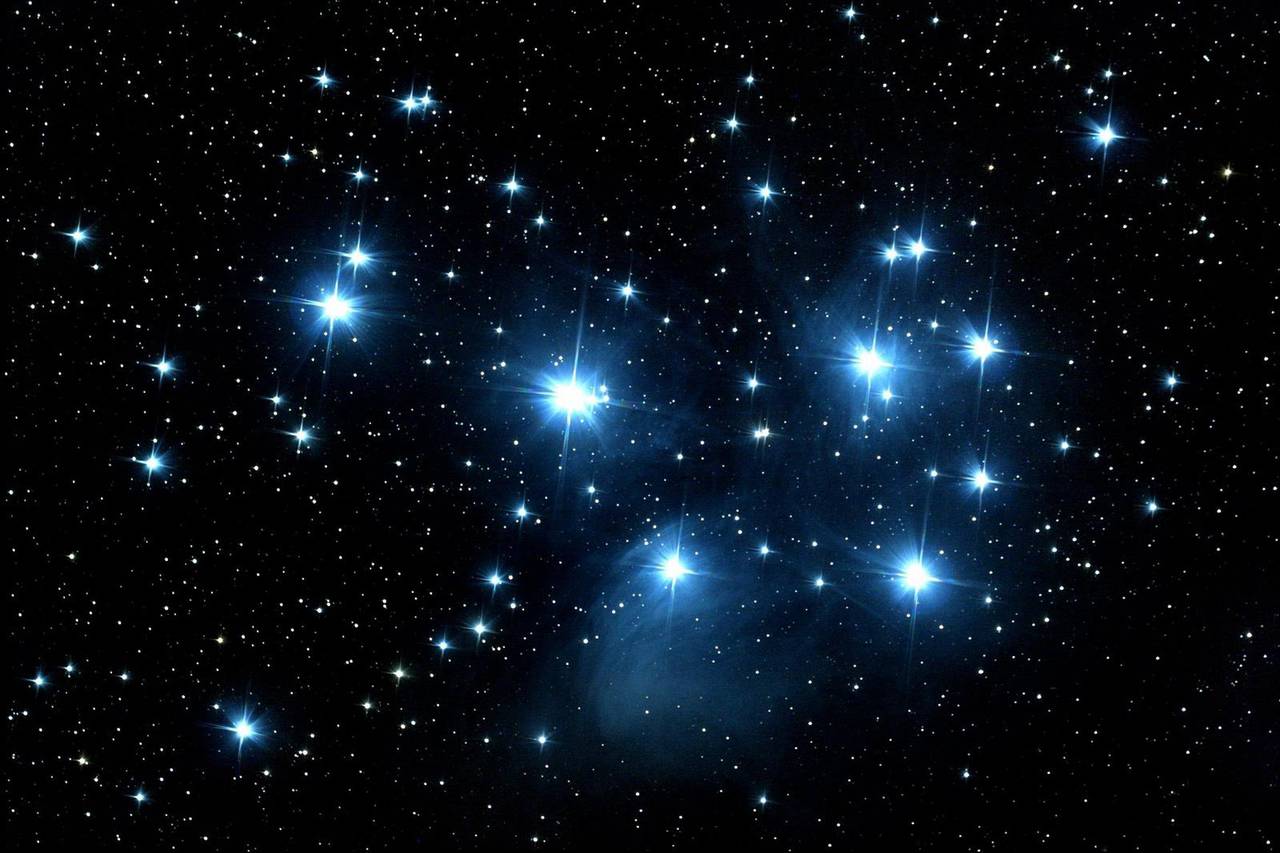
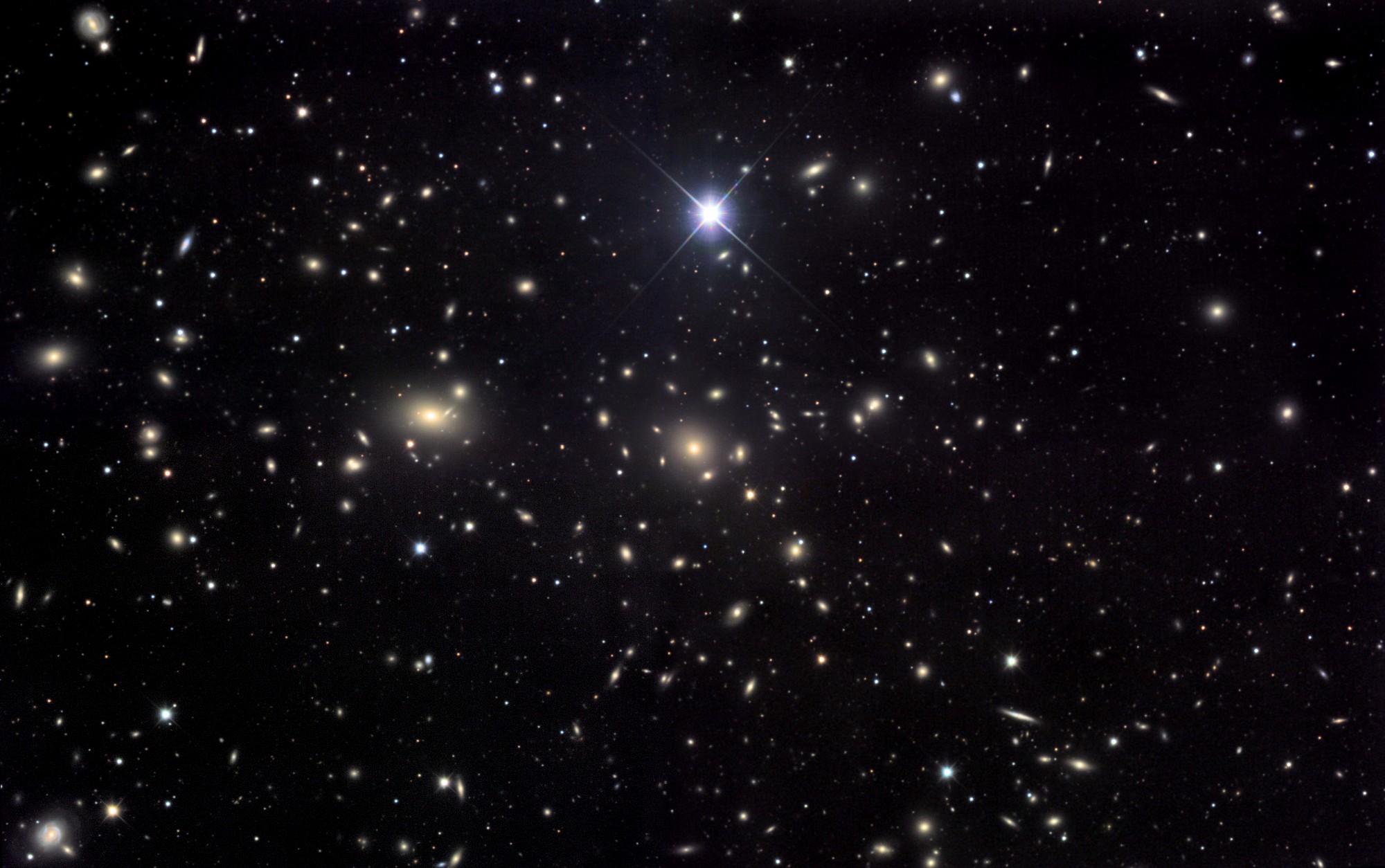
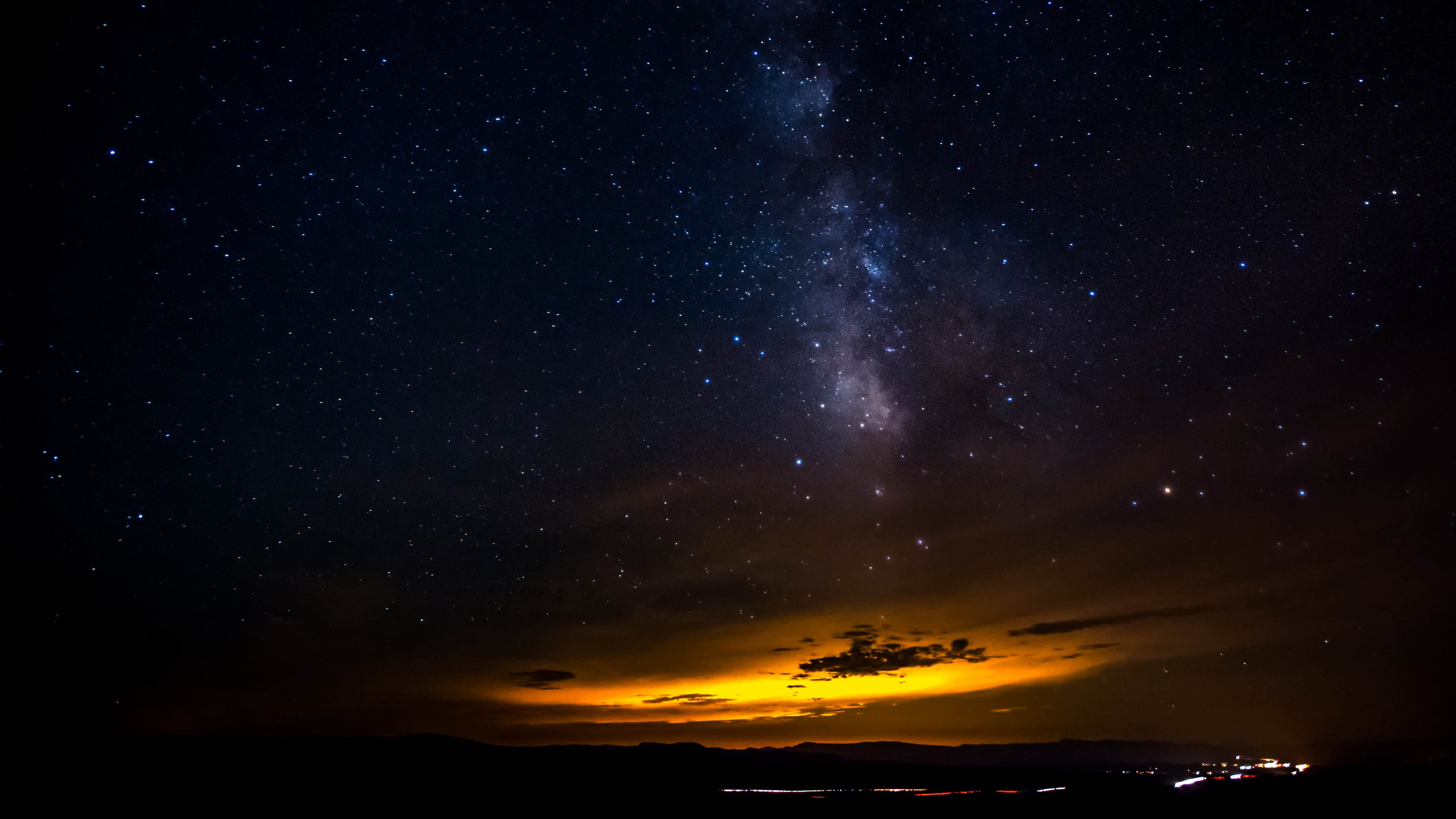




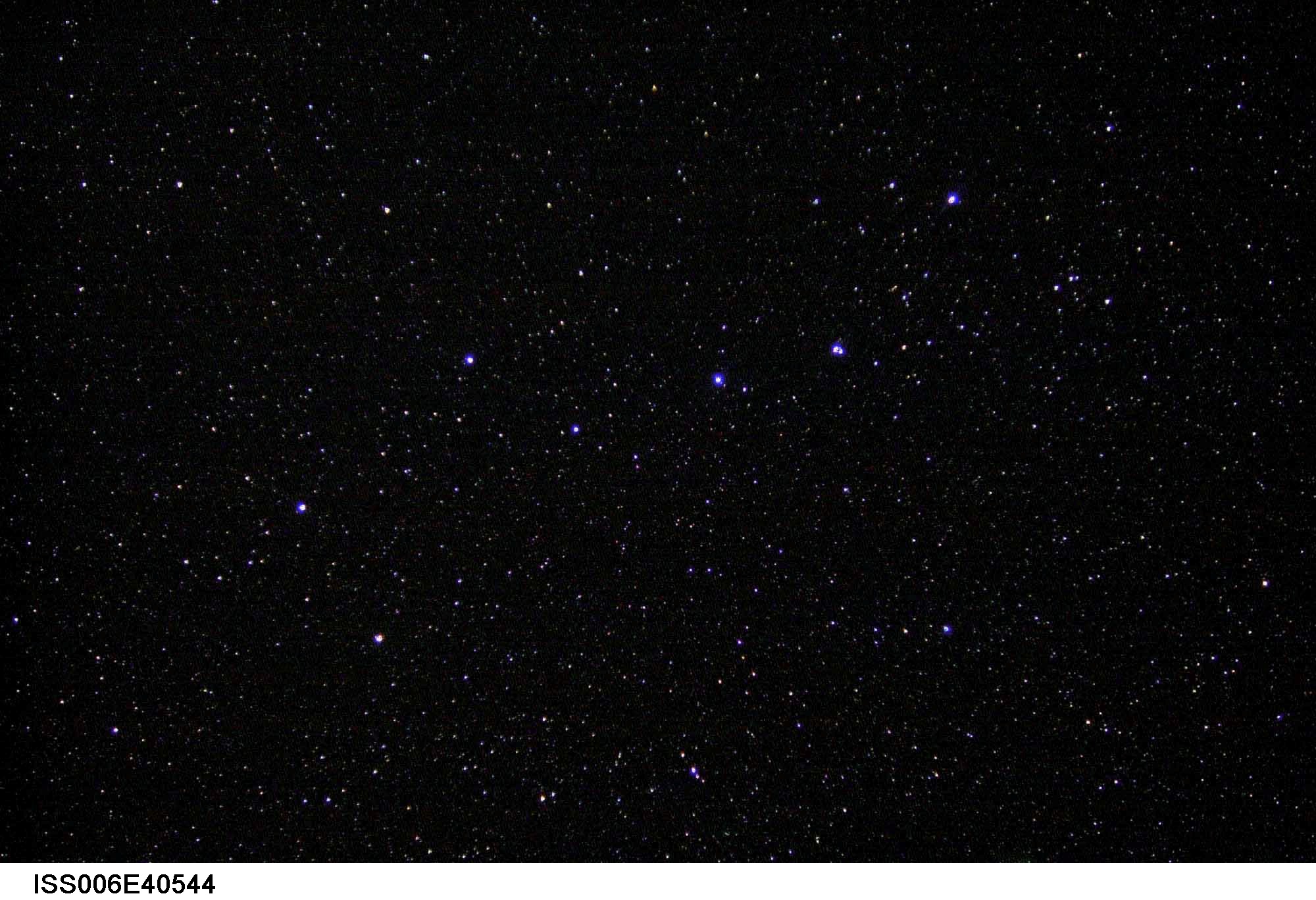
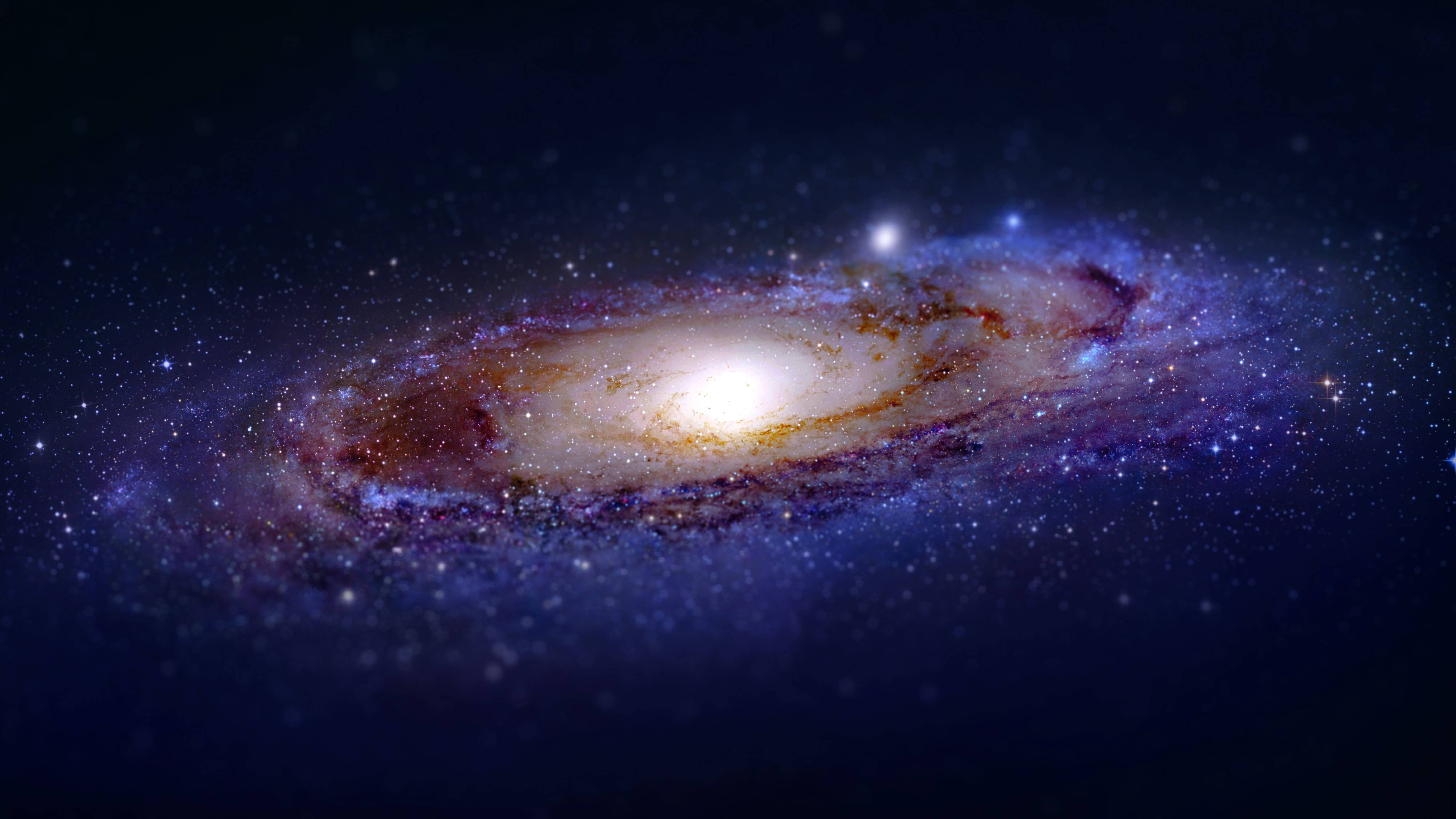

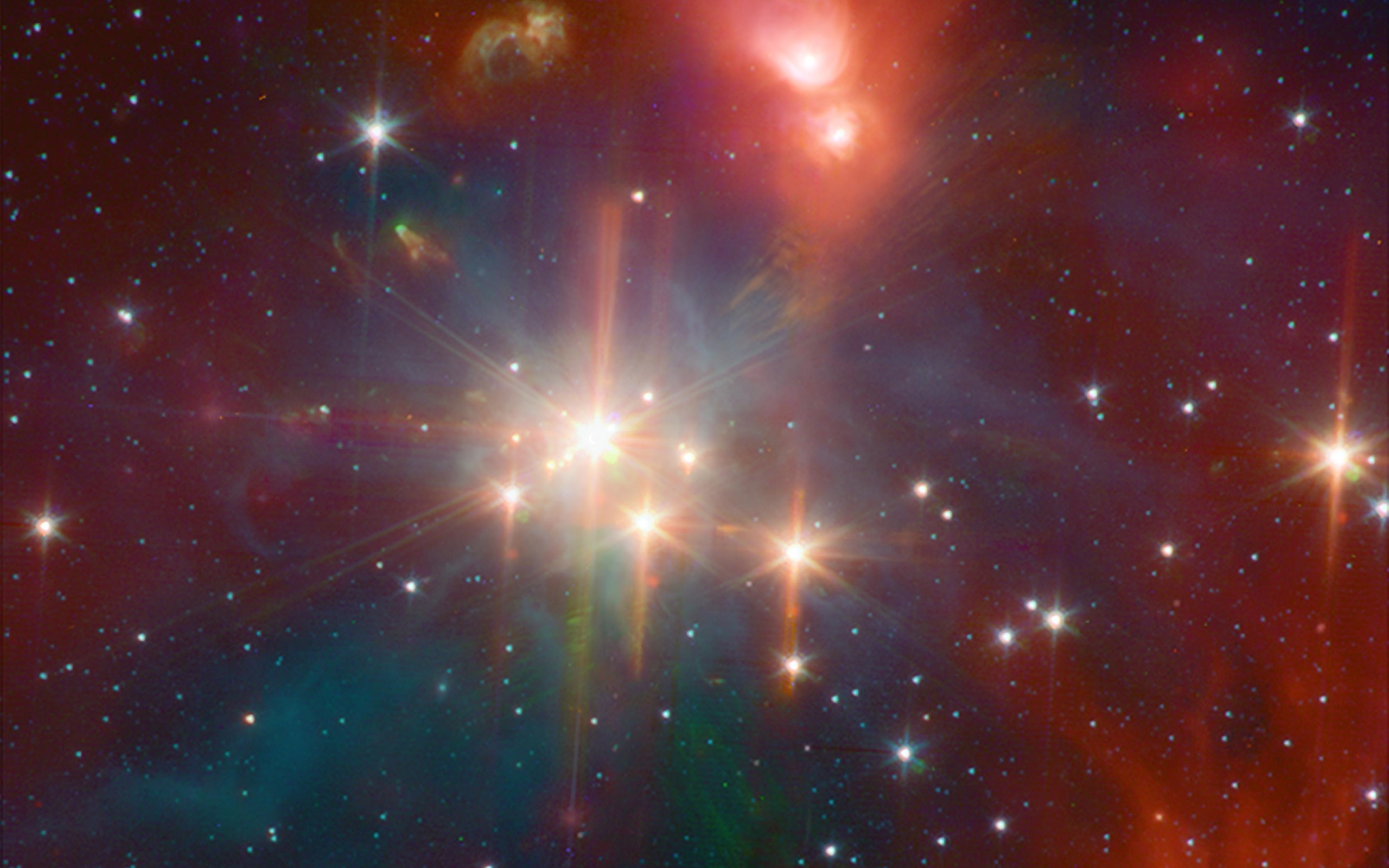


![[68+] Colorful Star Wallpaper | WallpaperSafari.com Stars [68+] Colorful Star Wallpaper | WallpaperSafari.com](https://cdn.wallpapersafari.com/52/67/fuw98m.png)

